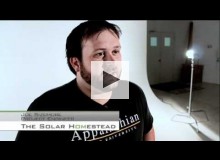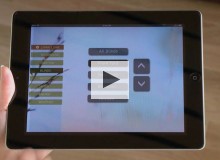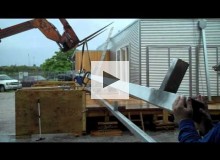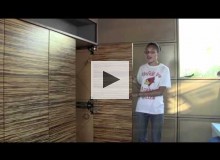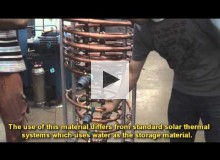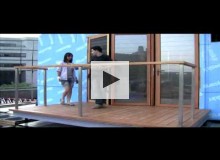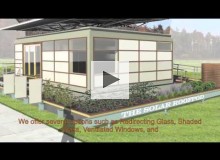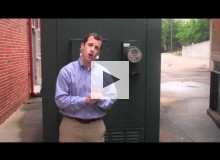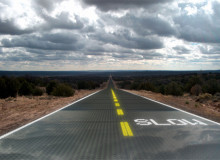Green
Appalachian State University
Home has never felt quite like, well, home, as it does in Appalachian State's Solar Decathlon entry. The Solar Homestead melds Appalachian culture with modern technology for maximum use of the sun's energy, focusing on heat capture and bifacial... Read More
University of Tennessee, Knoxville
The University of Tennessee’s Living Light house is engineered with an innovative design that maximizes visibility and natural light without sacrificing efficiency. Energy savings are realized by the owners as they interface with the Living Light... Read More
Team Florida (USF, FSU, UF and UCF)
FLeX House is designed in a holistic way as a sustainable, pre-fabricated, maximized efficiency house prototype that can adapt easily to different site situations and plan configurations. FLeX House is a prefabricated net zero energy home prototype... Read More
The Roofpod is designed to use underutilized rooftops, places where the sun exposure is greatest, to harness the vast potential of space and energy together.
The Solar Roofpod is a piece of urban infrastructure which captures the most underutilized energy, the sun, and utilizes it through innovative engineering systems to feed power to a single pod, whole buildings, and the city's power grid.
The Roofpod is more than just a house, more than an energy source or a garden; it is a piece of urban infrastructure, part of an integrated system to simultaneously address the challenges of electrical energy production, heating and cooling,... Read More
University of Tennessee, Knoxville
With education at the forefront of the Living Light endeavor, a Solar Decathlon 2011 project from University of Tennessee, we want to provide ways to reach people of all ages and educate them about our home and sustainability. Enter Mr. Photon.
The Solar Roofpod is a “penthouse with a purpose,” designed to respond to the market for economical new housing in cities, and to be a solid investment for existing building owners.
Ole Miss
SmartSynch SmartMeters wireless monitor energy usage data, allowing Ole Miss to track its energy usage in real-time and form strategies to reduce consumption.
###
Magnetic bars across roadways and pick-up coils in bottoms of cars. Coils of wire cutting magnetic lines of force generates electricity to recharge battery packs. No need to stop at recharging stations. Charge while you drive. Magnets can be... Read More

